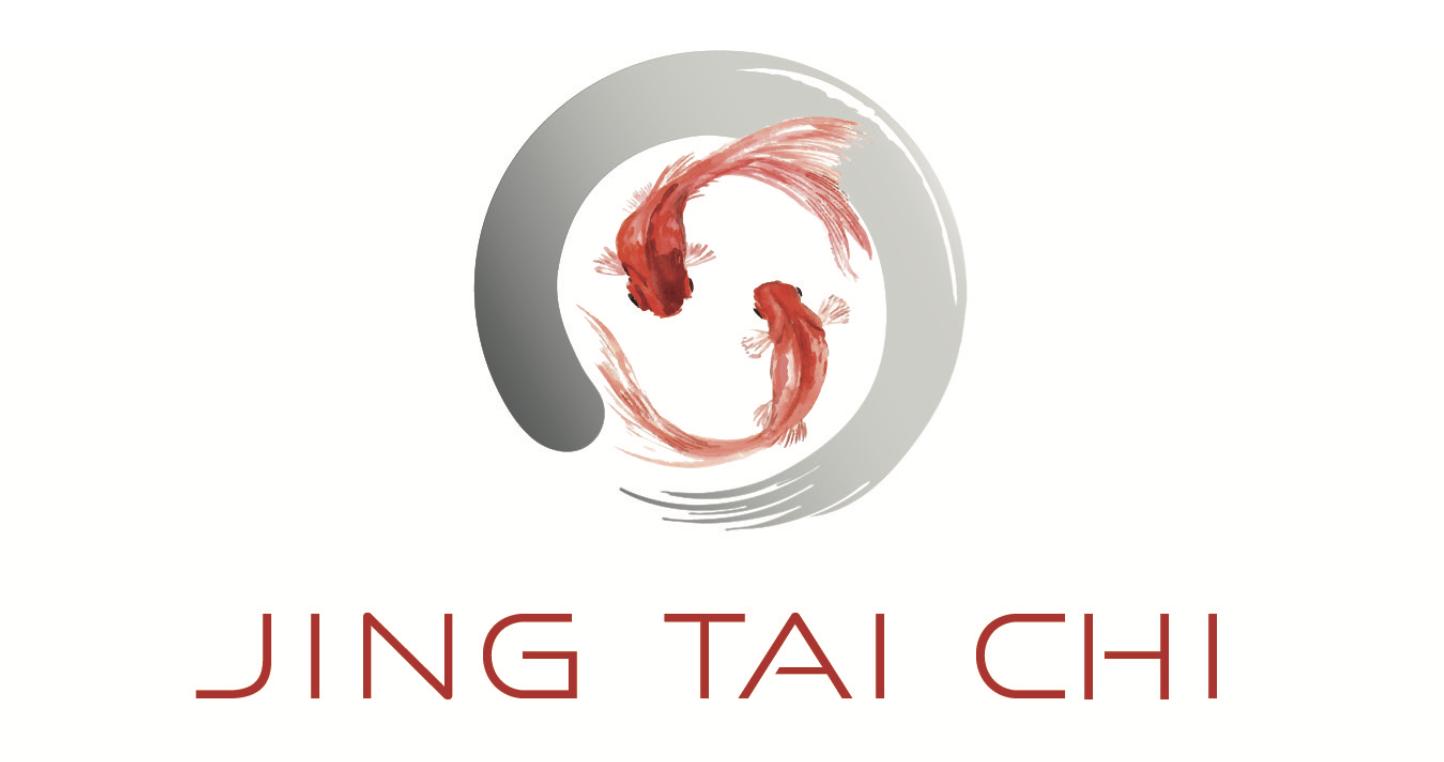JoinTeacher Li Jing for
Tai Chi Relaxation
Levels II and III
Clermont-Ferrand, France
July 3 – July 6, 2025
Prerequisites:
Learn directly from Teacher Jing.
Tai Chi Relaxation Levels II and III are the continuation of Level I.
Read the full description and details in the link below.
QUESTIONS. Please click on the link above for contact information.
Prerequisites: Must have studied Tai Chi Relaxation Levels I and II with Teacher Jing or another teacher.
This can also be done online through previously recorded classes with Teacher Jing. See the link below.
The Nine Movements Tai Chi Relaxation Level II:
涌泉纳气 Yǒng quán nà qì (nà means gathering)
上焦觉气 Shàng jiāo jué qì (jué means be aware / to feel)
中焦•气运化 Zhōng jiāo qì yùn huà
下焦通气 Xià jiāo tōng qì (tōng means going through/ no blockage)
督脉行气 Dū mài xíng qì (qi moves in du mai)
大椎带气 Dà chuí dài qì (dài means lead)
提膝•神阙和气 Tí xī shén quē hé qì (after the “dot” in Chinese is the same as the name in level I)
转体•至阳顺气 zhuǎn tǐ zhì yáng shùn qì zhuǎn tǐ means turning body (after the “dot” in Chinese is the same as the name in level I)
丹田养气 dān tián yǎng qì (yǎng means nourish)
The Nine Movements Tai Chi Relaxation Level III:
1. 五路纳气 Wǔ lù nà qì (Wǔ lù receives qi - Five energy gateways receive qi)
2. 上焦觉气 Shàng jiāo jué qì (Shàng jiāo to feel qi)
3. 中焦•气运化 Zhōng jiāo qì yùn huà ( transport and transform Zhōng jiāo qi)
4 下焦通气 Xià jiāo tōng qì (Xià jiāo qi goes through)
5. 不契初心 Bù qì chū xīn (Never give up your original intention)
6. 松身养气 Sōng shēn yǎng qì (Relax the body and nourish Qi)
7. 提膝•神阙和气 Tí xī shén què hé qì (Raise knee, Shén què harmonizes qi)
8. 金鸡独立 Jīn jī dú lì (Golden rooster reposes on one leg) - A Taiji Quan movement name
9. 丹田养气 Dān tián yǎng qì (Dān tián nourish qi)
Restore balance, harmonize your qi, and find inner peace.
Prerequisites: Tai Chi Relaxation Level I
About Tai Chi Relaxation
Seven Unique Features:
Enriched learning: Tai Chi Yin-Yang aspects = Completion and Fullness. Moving meditation is comparable to the Yang aspect, and non-moving meditation is comparable to Yin. You can apply Tai Chi Yin-Yang aspects not only to this practice but also to your daily life.
Relaxation activates your potential ability: In the class, you will learn how to relax your body and mind to experience Qi energy.
Physical and emotional functions: Each meditative movement of Tai Chi Relaxation follows the Yin-Yang philosophy and TCM theory to help remove blockages and reduce negative emotions.
I know vs. I feel: Often we say “Oh, I know, I know”, but in reality, we cannot do or feel what we thought we knew. What we know and what we do often are two different things. Chinese philosopher Wang Yang-Ming (1472-1529) emphasized zhi xing he yi, or the unity of knowledge and action. That is the specialty of this training.
Choice of position: You can practice Tai Chi Relaxation while standing, sitting or even lying down if necessary.
Wide age ranges: This practice is suitable for any age practitioner, from 3 to 130 years old!
Can be practiced anywhere – Indoors or outdoors, you only need 2 square meters to do the entire practice. Remember, nature is not only outside, but inside as well. Set your body free and find nature wherever you are.
Goals:
To promote balanced emotions
To improve health
To bring inner fulfillment toward a more meaningful life
Q&A:
Are there any prerequisites?
Yes. Students must have completed Tai Chi Relaxation Level I and Level II.
Can I practice if I have an injury?
It depends on the level of the injury. Tai Chi Relaxation is deeply healing and may be quite beneficial. It may be possible to modify the movements to suit your needs. Please contact us with your specific situation so we can advise you.


